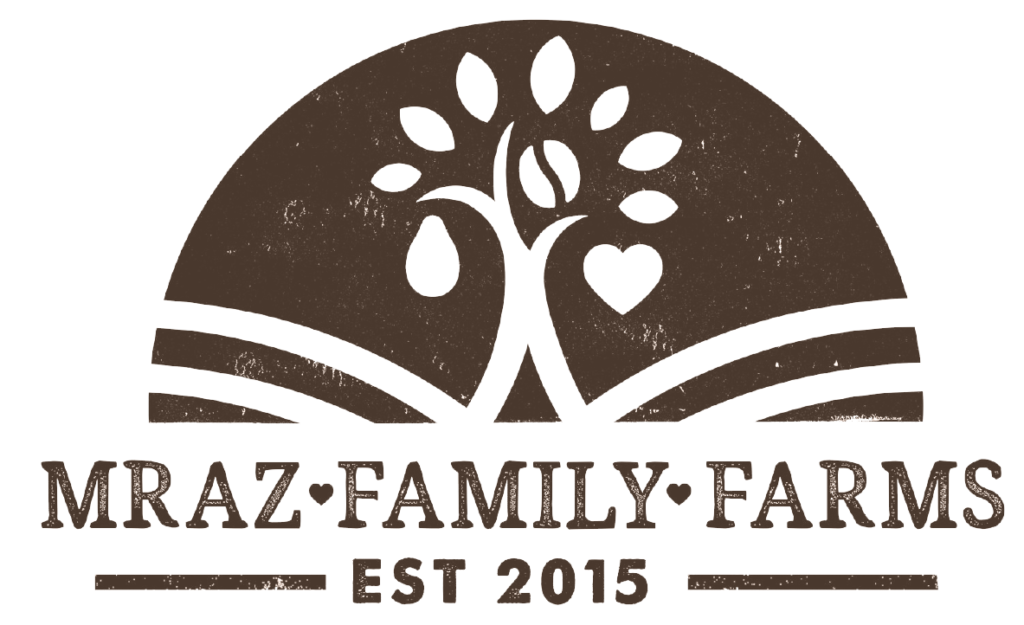One of the most profound aspects of living on a farm is developing a relationship with the natural cycles of the Earth, our Great Mother. This relationship with the land and seasons was central to the lives of our ancestors, as they had to plan out their survival in terms of food, weather, and shelter. They knew how to maximize their resources and were masters of preservation, storage, and extracting the most nutrition possible from their food.
Today, the majority of the planet’s inhabitants live in urban areas and many people have access to constant commerce—nearly anything one could want is available delivered to their door in a matter of days, and grocery stores are stocked with every manner of produce during all seasons of the year. This is truly an incredible thing that has never before happened in the history of the world, and something many of us take for granted. And while convenient, a downside is that many people miss out on a relationship with the Earth’s natural cycles.On the farm, understanding and honoring the natural cycles is crucial for healthy stewardship of the land and for getting the most abundant crop possible. In California, where water is scarce and expensive, it’s even more important to be prepared for the different cycles to ensure profitability and sustainability.
Activities on the farm are different depending on whether it’s the season of growth, harvest, or dormancy. Each cycle benefits from different types of support. When growing, or budding out, the trees need pollination support. Keeping beehives on the property promotes effective pollination while also supporting a waning global population of bees. And sometimes there’s even extra honey.When the fruit is growing on the trees, one of the most important activities is pest control. On an organic farm, this is when we employ the use of beneficial insects rather than use toxic pesticides. For example, Green Lacewing larvae feed on Thrips, an insect that damages the skin of the avocado. So we monitor the plants for signs of infestation, and if needed we manually introduce Lacewing larvae to each tree, eradicating the destructive pest by employing a beneficial one.
Around the time of the spring harvest, the leaves of the avocado tree are replaced with a new set that grows in. This is the time when we fertilize the groves with manure, giving them a dose of nourishment for the growing season.
Water is always a concern in a dry place like Southern California. Though our soils are rich, drought drives up the demand and cost of irrigation. We give the trees water at different intervals depending on the time of year and have sophisticated sensors that take readings at several different depths to let us know when the plants need water.
The landscape of the farm changes throughout the year, much the way the seasons inform our changes in clothing and recreational activities. Since we rely on the farm to produce, our synergy with it goes even deeper than typical seasonal changes that everyone experiences. We become more aware of the seasonal shifts and even the moon’s monthly cycle of birth, growth, death, and rebirth.
The main lesson in nature is CHANGE. We are ever moving, in constant shift. The cycle of birth, growth, maturity, death, and rebirth is nature’s way, and one can’t get too attached to anything. This theme of change, and watching it happen year after year on the farm is a true blessing, for it shows us that nothing lasts but love and relationship. The more times we see a tree blossom, grow fruit, eat of it’s bounty, and then watch it’s death-like sleep until the buds come out again, the more we feel connected to the tree and in awe of it’s resilience. Every part of it’s cycle is special and beautiful. This translates to our own lives as well, giving us wisdom to draw on during challenging times because we always know that the conditions won’t last, that we are constantly moving, constantly changing. Today’s challenges will give way to different struggles, different joys, and different lessons. And in all of it is BEAUTY.
Rachel Jonte
